The Northern Hemisphere production hiccups continue
By Angus Groves
It seems the age-old saying, ‘one man’s misfortune is another man’s opportunity’ is playing out in Australia this season. The Northern Hemisphere has experienced a record-breaking summer, from drought and severe heat in the Northern US and Canada, to catastrophic flooding through parts of Europe.
We certainly don’t wish these conditions on anyone, and our hearts truly go out to our friends in the Northern Hemisphere. However, it must be said that with their reduced production forecasts, and the ever-improving conditions here in Australia, it appears it could be a catalyst for a huge windfall for Aussie farmers not long after we battled three years of crippling drought ourselves.
These persistent drought conditions across North America are of course the reason Australia high-protein wheat and canola prices continue to climb week-after-week. And in more recent weeks the chatter surrounding Russian production might also benefit us here in Australia, providing another possible leg up over our Northern Hemisphere counterparts.
Although nothing has been confirmed, with the US Department of Agriculture expected to update the market next Thursday, many analysts are expecting the Russian crop to come in well below 80 million tonnes, which is a far cry from the 85 million tonnes the USDA had in their last official update.
The primary reason for the reduction was an update last week from Russia’s statistical agency, Rosstat, regarding the winter wheat area, which, despite their mild winter was reduced to 15.6 million hectares primarily due to winterkill events earlier in the season.
If we turn our attention back home, we see the Australian crop continue to improve in the last fortnight. Finally, in NSW we have persistent sunshine, or at the very least for some regions, the disappearance of weekly rain events. This change in weather pattern has allowed crops to start growing again, with abundant soil moisture and plant populations all on target, sunshine was the only ingredient missing for many NSW farmers.
Once the ground has dried out (which should be this week for most), farmers will get to work spraying crops with herbicides and fungicides before full row closure, and top-dressing areas that have been far too wet to this point. If we can achieve this mammoth task before the next rainfall this would put Australia, and in particular NSW, in the box-seat for back-to-back huge crops.
Most farmers would have made some forward sales on canola with the high prices to date, but wheat and barley have remained as the proverbial poor cousin, with lack of forward commitments until the last fortnight.
Cash prices have consistently held above the $320 Newcastle port equivalent, and it seems many are happy to start selling at these levels while the sunshine beams down on their ever-impressive crops out the window.
The question we must now ask is, will the Russian production hiccups provide us with another leg up prior to harvest, or have these already been priced in? We will certainly find out when the USDA releases their update next week. Stay tuned.
Harvest is coming
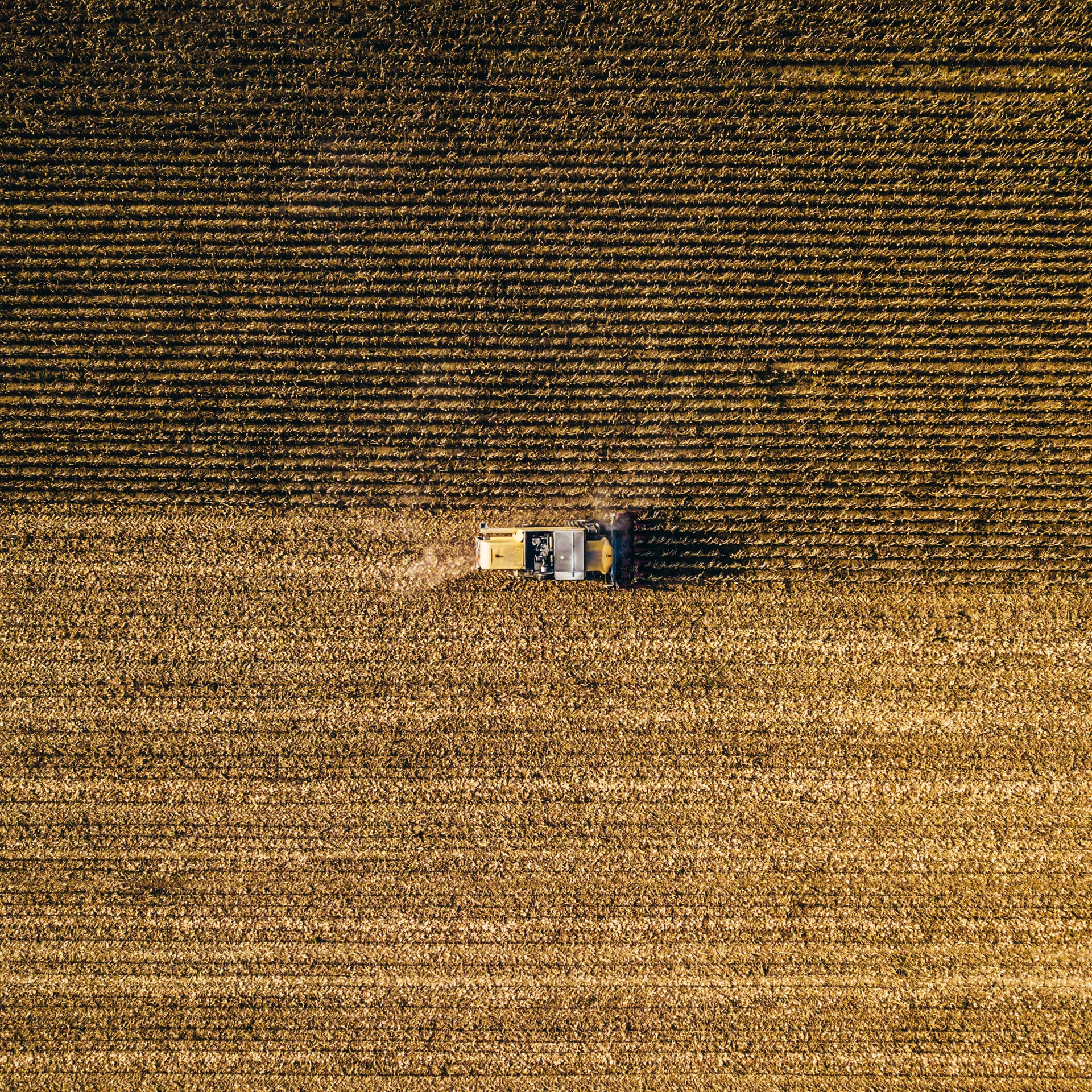
It's been a couple of months of proper winter with cold, wet and windy weather and hasn't it been delightful...
Read MoreAustralian grain market outlook
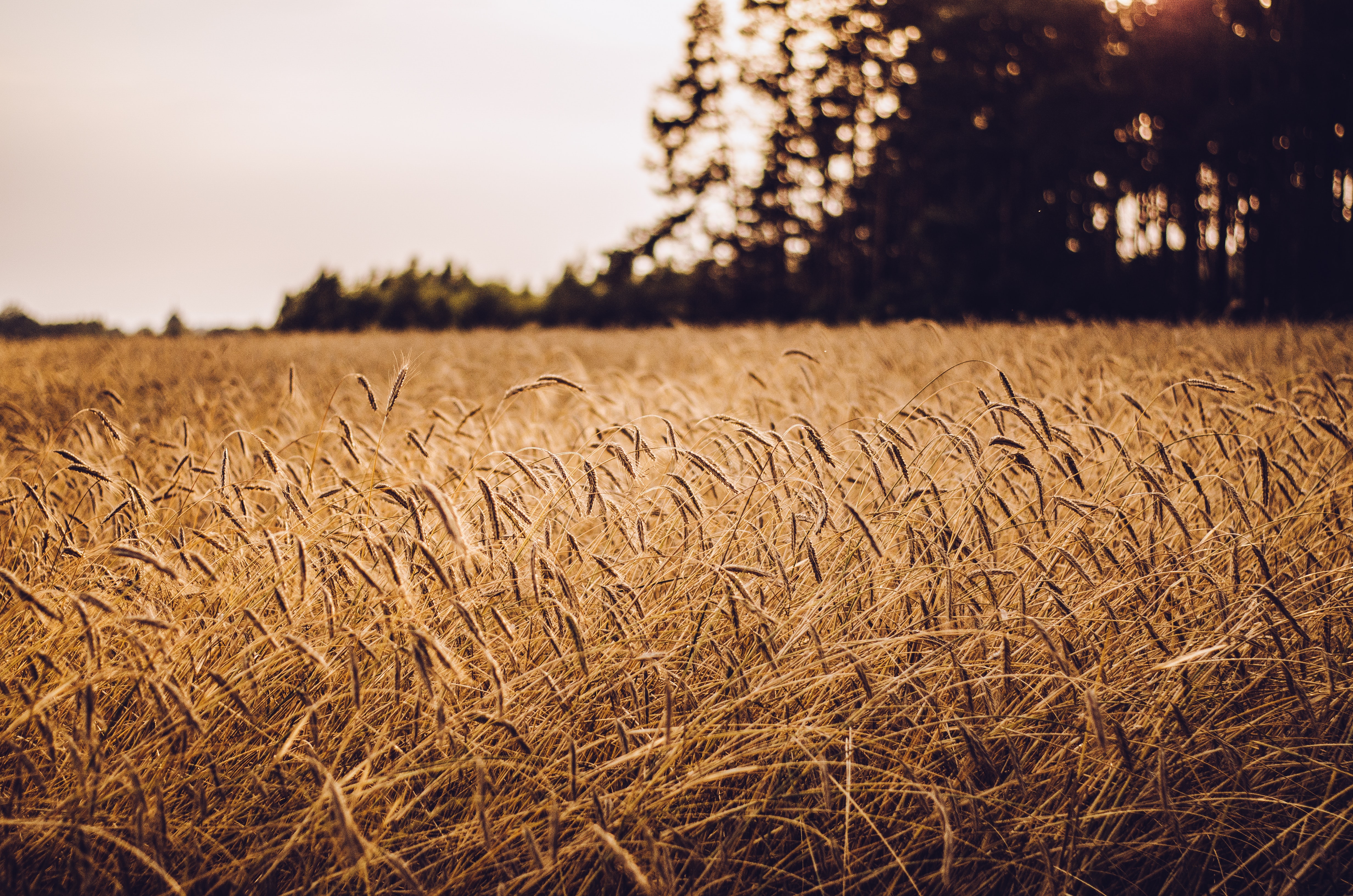
With July almost in the books and weather continuing to be cold, rainy and windy across most of the cropping regions of Australia, conditions couldn't be better as we approach spring...
Read MoreMother nature- The driver of markets

Mother nature tends to be a complicated and unpredictable force where quite often someone's misfortune turns into another's good fortune.
Read MoreHere comes the grain
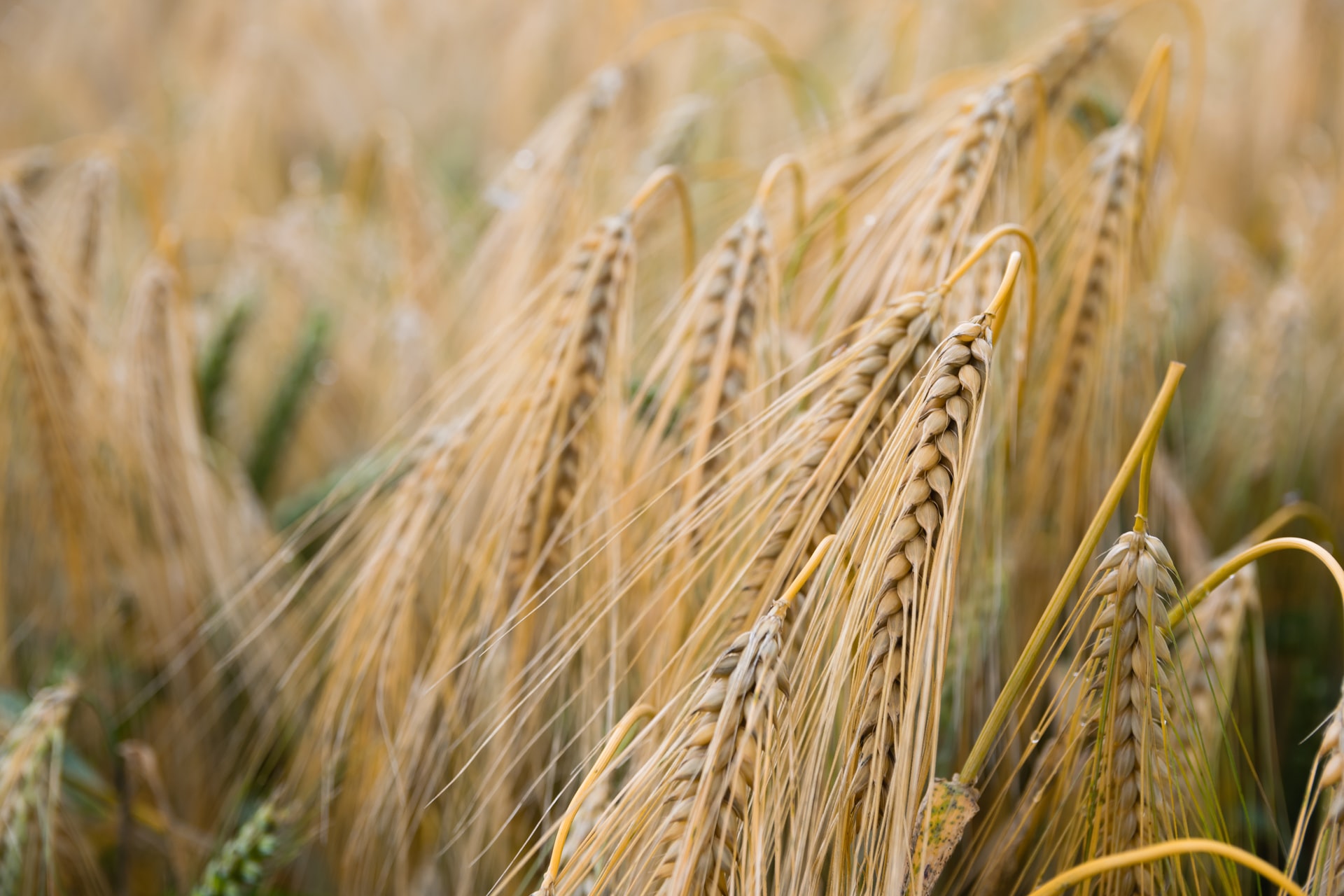
With welcome rain across the month of June the majority of Australia's cropping regions are shaping up to have an average to well above average production year for 2021/22.
Read MoreWeather driven rally for grain prices
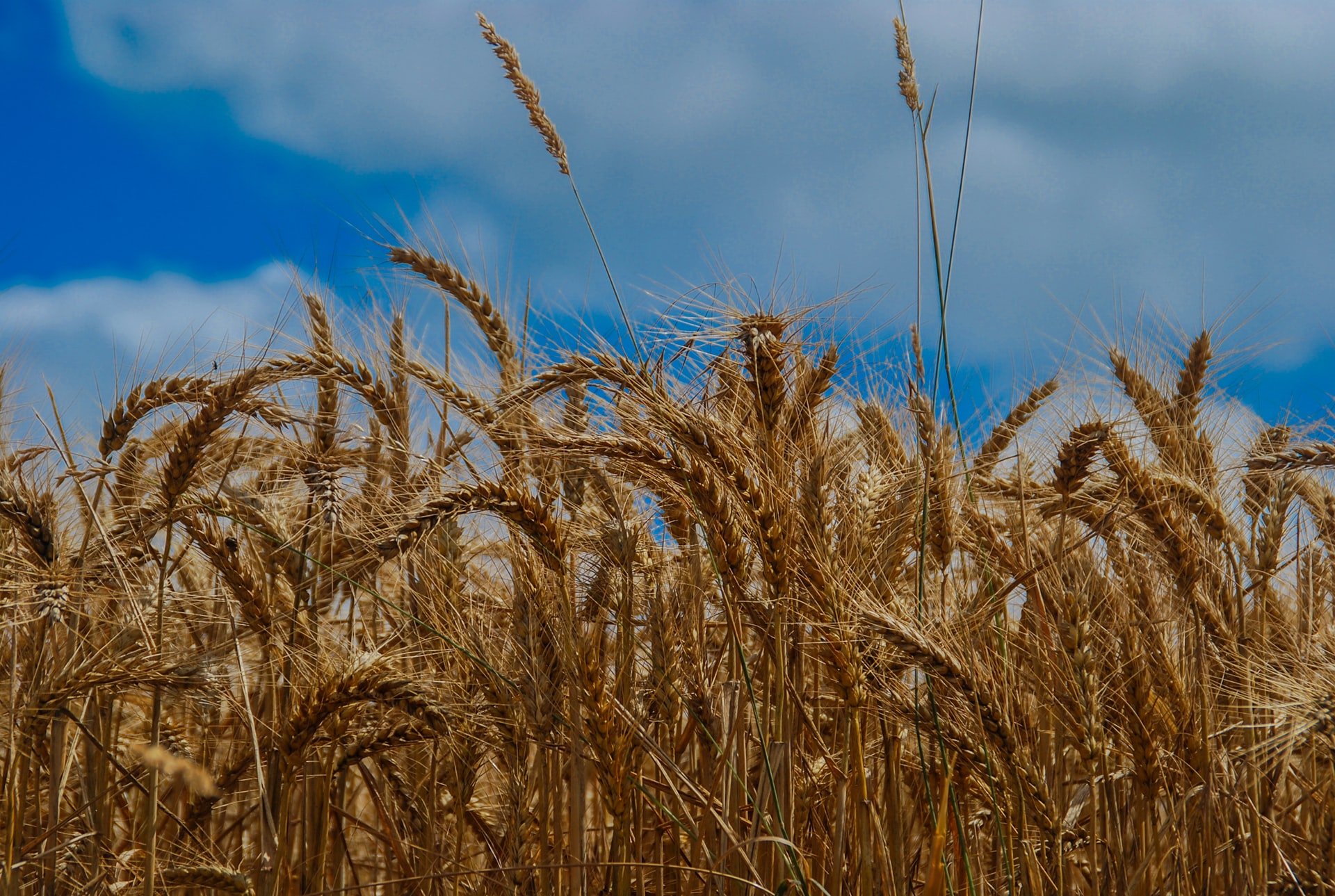
As we see off the month of June and for most people, the end of sowing, the BOM reports that last month produced above average to very much above average rainfall for a large part of the New South Wales cropping belt. Undoubtedly there are some that would appreciate a top up, however the general consensus is that a few days of dry weather would be a welcome break.
Read MoreGenerous June Delivers Potential
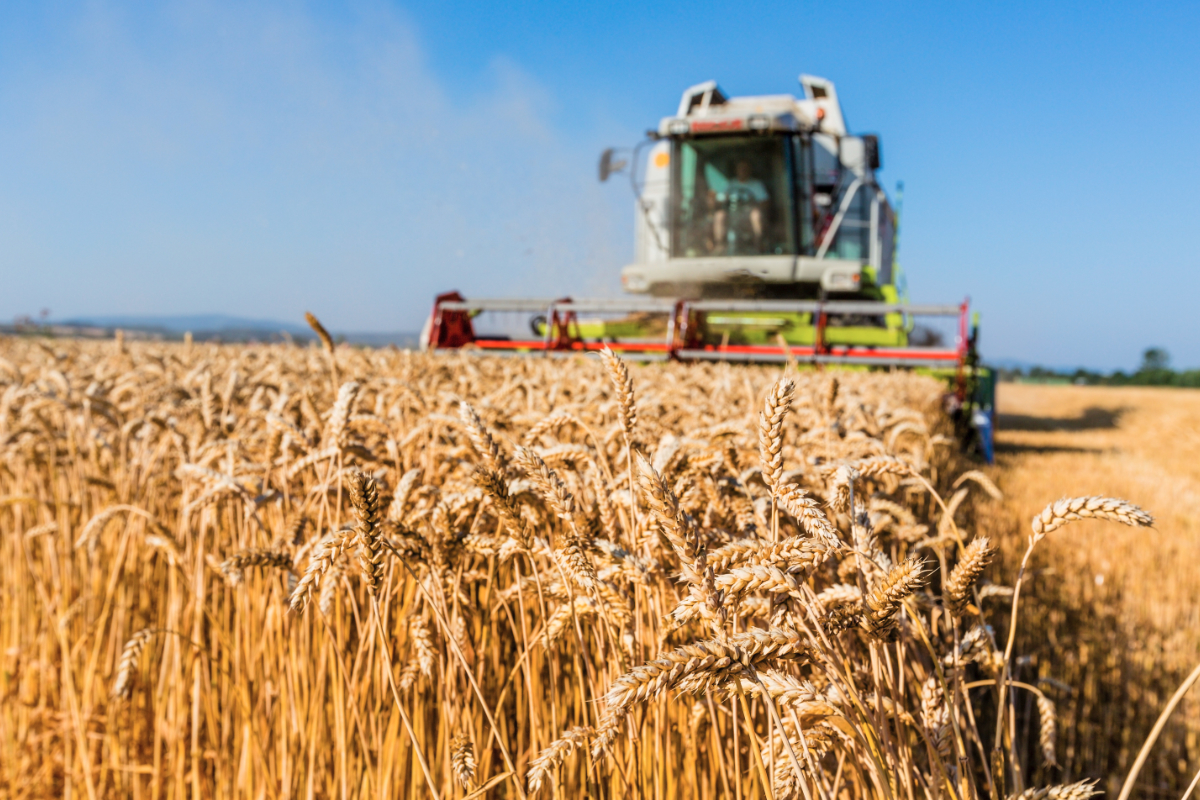
The month of June has been generous with its rainfall adding valuable moisture to the coffers of the New South Wales broadacre farmer. For some, the rain has been welcomed as a fair dinkum season opener, whilst for others it has consolidated what has already been a very good start to the 2020/21 growing season.
Read MoreBroadacre farmers delight, but where will we store all this grain?

As Phillip Lowe, the Reserve Bank of Australia governor said last week, the performance of the Australian agriculture sector throughout the Covid pandemic has helped underpin the nation’s economic recovery.
Read More